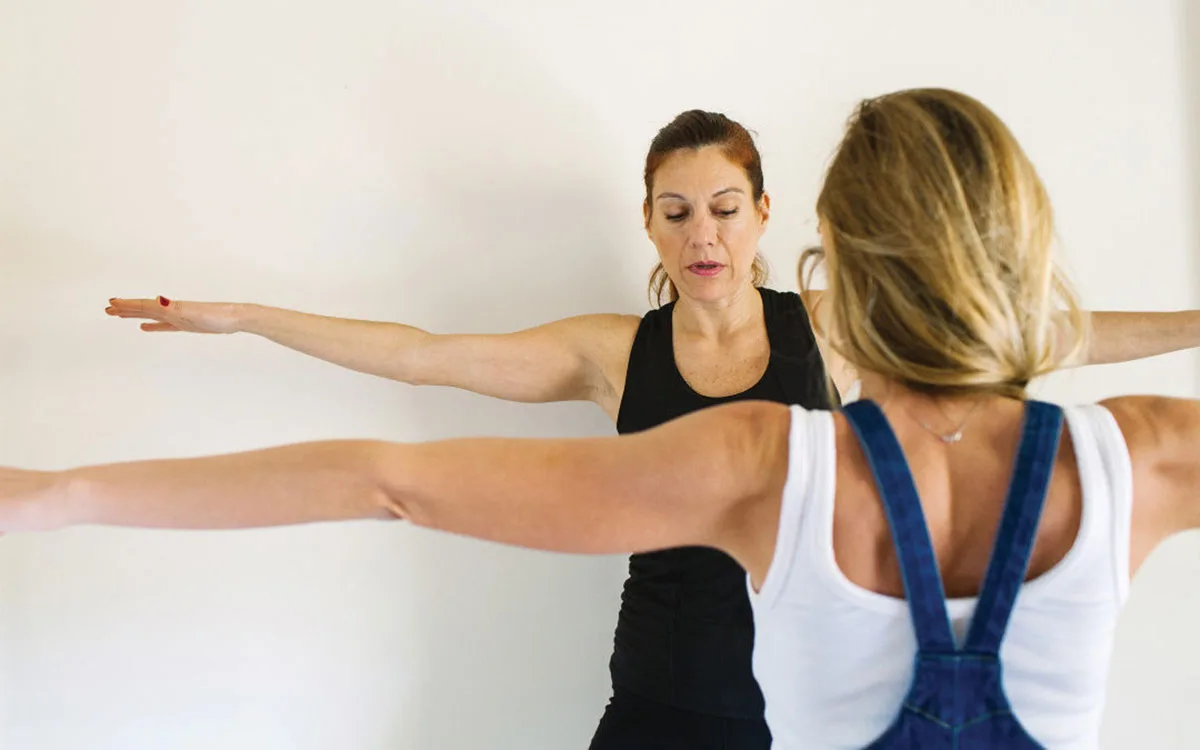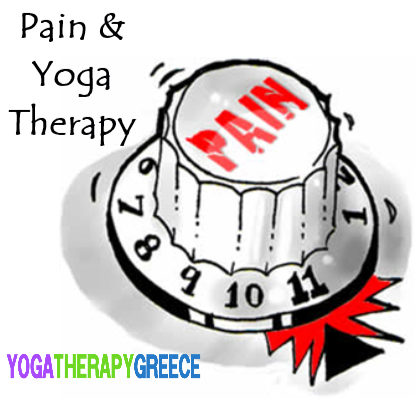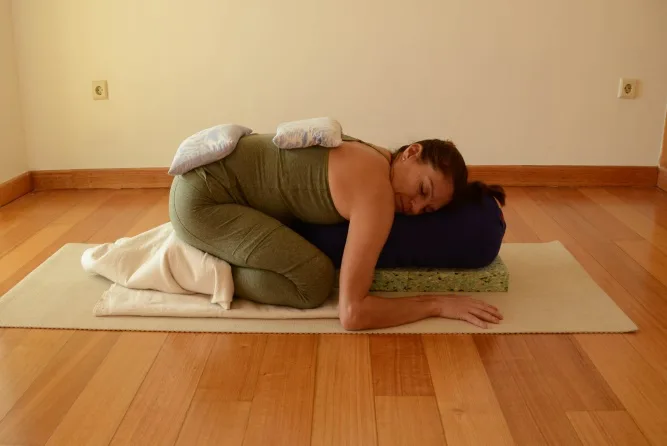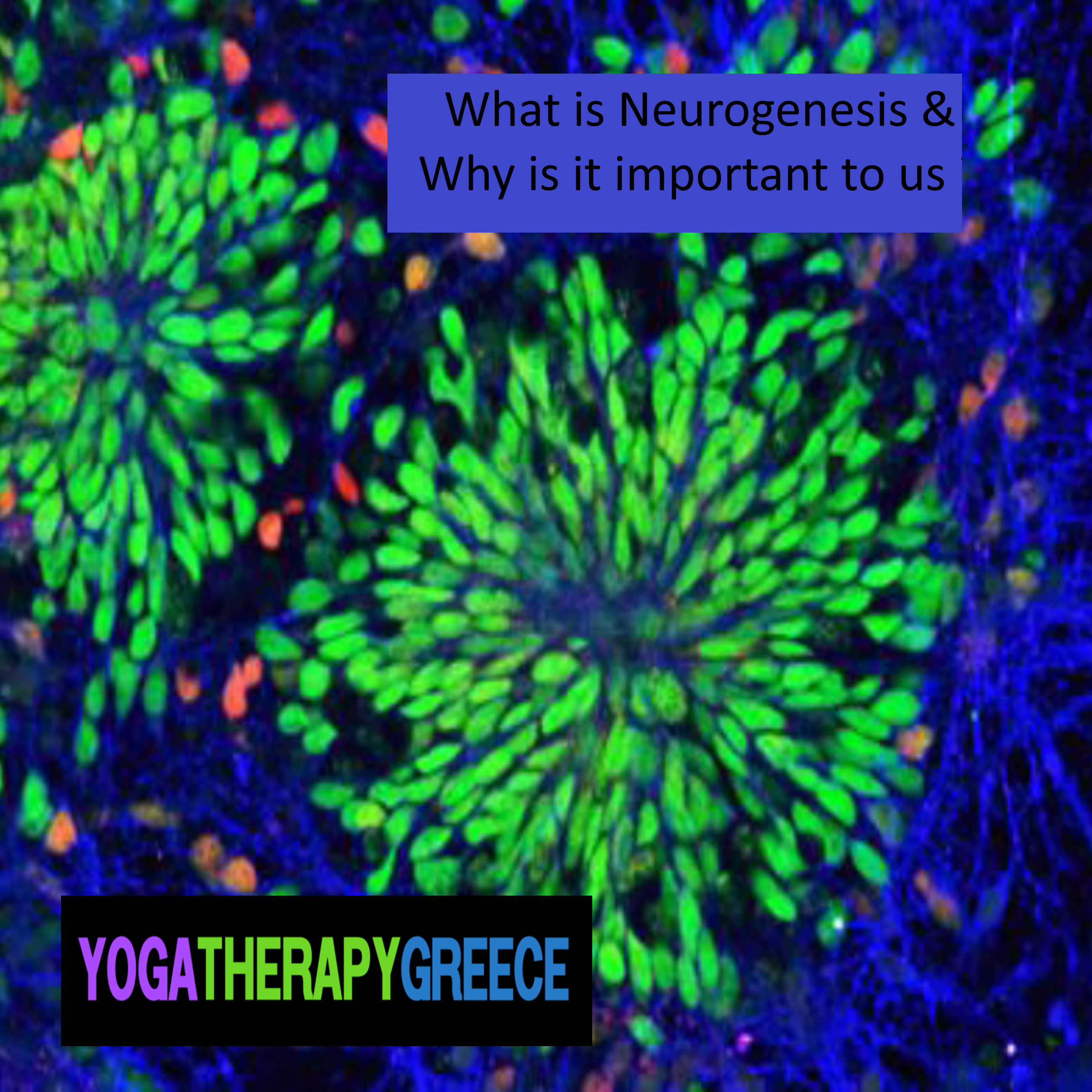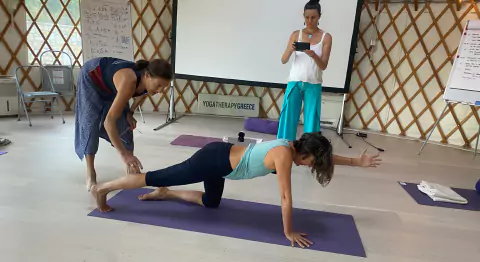Yoga Therapy for COVID-19

Based on our experience working with numerous people facing Covid 19 issues, we are pleased to share some information and yoga tools that you might find helpful. Of course, every person is unique, and this is we know very well in yoga therapy, where based on the individual’s needs, energy level, body, breathing pattern, character, lifestyle and beliefs we develop a personalized graded holistic practice.
COVID infection begins as a respiratory one, very often it develops into systemic inflammation with fatigue and brain fog while there are even more serious complications such as myocarditis and thrombosis.
Due to COVID-19 pandemic there was, is and will continue to be a tsunami of mental health imbalances due to the social/physical isolation and the tremendous anxiety and insecurity about the future, about losing or modifying work, about losing friends, family members, patients and the life per se.
The loneliness and the physical isolation not only increases the levels of anxiety, depression, eating disorders, addictions and the overall stress worldwide but also increases the burden of chronic diseases such as diabetes, asthma, cancer, hypertension, osteoporosis. Lack of exercise and increased sedentary lifestyle pose major health risks to people with chronic diseases such as diabetes, asthma, COPD, cancer, heart disease and especially in combination with obesity and smoking.
Yoga has excellent results in reducing systemic inflammation and in enhancing breathing capacity through breathing and relaxation techniques.
Instructions for COVID sufferers
1. Full awareness and attention to breathing
2. Deep and slow breathing through the nose with or without exhalation through pursed lips
Yoga by changing the rhythm of our breathing, provides a signal / sense of security and danger avoidance (stress) and the nervous system is regulated, and as a result the immune system gets stronger (without being inhibited by the stress hormones). Breathing slowly and deeply through the nose, the inhaled air is filtered, the absorption of oxygen is increased by 30%, and also nitric oxide (NO) is produced. Nitric oxide (NO) is produced in the paranasal sinuses – a group of four air-filled spaces that surround the nasal cavity. It has antipathogenic properties and is also considered a vasodilator. Even more NO is produced during the slow and gentle breathing of ujaee (where the vagus nerve is also activated) but mostly through the humming (production of the soft hum) caused during Brahmari.
3. Daily measurement of oxygen with an oximeter should be taken.
4. Rest and relaxation either in a prone position, side lying or opening the chest with props in restorative position depending on the individual’s breathing pattern and the time of the day. Guided relaxation, meditation and yoga nidra as meditative practices, will positively affect the nervous system and encourage the individual.
5. Good nutrition, being fresh and organic, preferably hot and humid, plenty of water, good sleep, no smoking and alcohol and a reduction of coffee.
6. Gradual increase of movement / exercise without causing fatigue. There has been a large increase in energy and a decrease in shortness of breath with the careful and gradual increase of exercise and its intensity. People can greatly improve their condition with graded supervised gentle exercise such as walking and yoga within 4-6 weeks even if they have been hospitalized.
Whatever the physical activity should not decrease the oxygen saturation, nor exacerbate any symptoms such as dyspnea or fatigue.
7. Creating achievable recovery goals from COVID.
https://yogatherapygreece.com/ for details of IAYT Accredited 800 hours Yoga Therapy Training, personal and group yoga therapy sessions
#yogaforCOVID #yogatherapyforCOVID #yogatherapygreeceforCOVID #yogatherapist #iayt #yogatherapy #EviDimitriadouyogatherapist #yogatherapygreece #yogatherapyinGreece
